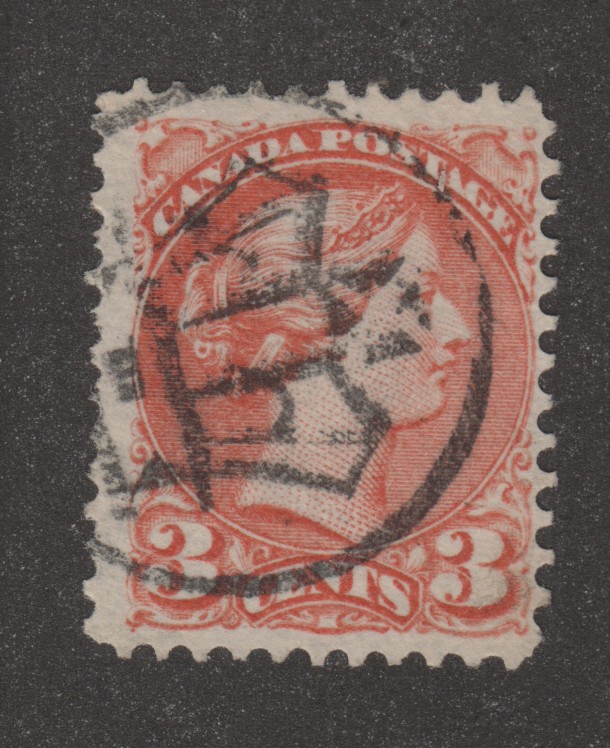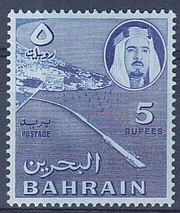
Discussion - Member to Member Sales - Research Center

Discussion - Member to Member Sales - Research Center

Linus



Login to Like
this post
I finally found this on Wikipedia: "The Force in Egypt was a British Army formation established in August 1914 to administer garrisoning armed forces in Egypt at the beginning of the First World War. The force had the objective of protecting the Suez Canal and was originally commanded by Major General Julian Byng, but he was replaced by General J. Maxwell, who took command on 8 September 1914. Initially, the main threat to the Suez came from Germany and throughout the early months several of the force's elements were sent to Europe to take part in the fighting on the Western Front. On 5 November 1914, Britain and France declared war on the Ottoman Empire, after which the Force in Egypt faced a direct threat from Ottoman forces, which was realised in February 1915 with a raid on the Suez Canal. This threat remained until 1916 when the British forces went on the offensive.
The composition of the force changed several times due to the varying availability forces. By the end of 1914, the forces deployed in defence of the Suez Canal under Maxwell totaled approximately 30,000 troops. The main elements of this force were the 10th Indian Division (Major General A. Wilson), the 11th Indian Division, the Imperial Service Cavalry Brigade, and the Bikaner Camel Corps, as well as elements from the Indian Mountain Artillery and the Egyptian Army Artillery. In addition, several British and French warships in the canal served as floating batteries and there were several aircraft available for reconnaissance. Following the opening of the Gallipoli Campaign, the Force in Egypt was reduced mainly to a training and reinforcement camp until forces were withdrawn from the Gallipoli Peninsula and returned to Egypt in December 1915." (Source: Wikipedia)
This postcard was mailed in August after the February 1915 raid mentioned above, and Indian troops were definitely used due to "varying availability" of forces.
On another forum, I learned that the British Field Post Office 52 was located in Port Said from 07-25-1915 to 10-10-2015, and the "T" in "T.52" denoted "Division Train."
Linus

1 Member
likes this post.
Login to Like.
David,
Good question. I thought it was a railroad train, but now you have me wondering. The reference book belongs to a gentleman in India on SCF, and he quoted it as a "Division Train." That is all I know, at the moment.
Linus

Login to Like
this post
'
My GUESS is that the "division train" was what we would nowadays today call the "logistics tail", and is more a matter of function & geography than technology.
https://en.wikipedia.org/wiki/Tooth-to-tail_ratio ... ooh ... new-to-me jargon 
Cheers,
/s/ ikeyPikey

1 Member
likes this post.
Login to Like.
I would tend to agree with you ikeyPikey, but I did find a cool railroad map of Egypt from 1906 in my research. They had a large network of train tracks, so I am not 100% sure.
Linus
Map source: Wikipedia


1 Member
likes this post.
Login to Like.
David and ikeyPikey,
I got the answer on another forum.
Reference book:
British Empire Campaigns and Occupations in the Near East, 1914-1924 A Postal History
Author: John A Firebrace
Chapter IV: British Infantry Divisions, Brigades and Battalions
Divisonal Trains - pages 26-7
A Divisional Train was a part of the Army Service Corps, which in WW1 consisted of about 450 men, 450 horses/camels/mules and different varieties of horsed and mechanical vehicles carrying supplies to the respective Army Division.
So it was NOT a railroad locomotive train cancel T.52 after all.
Linus

1 Member
likes this post.
Login to Like.
Now if only the postcard mentioned Lawrence, then you would be looking at putting it into Christie's for thousands of dollars.

Login to Like
this post

I recently attended the Iowa City Postcard Show and came home with a bunch of new postcards to research and figure out. Scanned below is one of them. The picture side is Port Said, Egypt, where the Suez Canal meets the Mediterranean Sea. It appears to be a soldier's card mailed with no postage stamp, but handwritten "On Active Service", with a FIELD POST OFFICE T.52 cancel dated August 9, 1915 (during the World War I time period) to Glasgow, Scotland. The most curious thing is the censor cancel: Passed By Censor - INDIAN EXPEIDTIONARY FORCE 102, in which the word "Expeditionary" is misspelled. The D and I are reversed. Does anybody know the history here? Any comments are welcome. I am still researching this one.
Linus



Login to Like
this post

re: Port Said Postcard From 1915
I finally found this on Wikipedia: "The Force in Egypt was a British Army formation established in August 1914 to administer garrisoning armed forces in Egypt at the beginning of the First World War. The force had the objective of protecting the Suez Canal and was originally commanded by Major General Julian Byng, but he was replaced by General J. Maxwell, who took command on 8 September 1914. Initially, the main threat to the Suez came from Germany and throughout the early months several of the force's elements were sent to Europe to take part in the fighting on the Western Front. On 5 November 1914, Britain and France declared war on the Ottoman Empire, after which the Force in Egypt faced a direct threat from Ottoman forces, which was realised in February 1915 with a raid on the Suez Canal. This threat remained until 1916 when the British forces went on the offensive.
The composition of the force changed several times due to the varying availability forces. By the end of 1914, the forces deployed in defence of the Suez Canal under Maxwell totaled approximately 30,000 troops. The main elements of this force were the 10th Indian Division (Major General A. Wilson), the 11th Indian Division, the Imperial Service Cavalry Brigade, and the Bikaner Camel Corps, as well as elements from the Indian Mountain Artillery and the Egyptian Army Artillery. In addition, several British and French warships in the canal served as floating batteries and there were several aircraft available for reconnaissance. Following the opening of the Gallipoli Campaign, the Force in Egypt was reduced mainly to a training and reinforcement camp until forces were withdrawn from the Gallipoli Peninsula and returned to Egypt in December 1915." (Source: Wikipedia)
This postcard was mailed in August after the February 1915 raid mentioned above, and Indian troops were definitely used due to "varying availability" of forces.
On another forum, I learned that the British Field Post Office 52 was located in Port Said from 07-25-1915 to 10-10-2015, and the "T" in "T.52" denoted "Division Train."
Linus

1 Member
likes this post.
Login to Like.

re: Port Said Postcard From 1915
David,
Good question. I thought it was a railroad train, but now you have me wondering. The reference book belongs to a gentleman in India on SCF, and he quoted it as a "Division Train." That is all I know, at the moment.
Linus

Login to Like
this post

re: Port Said Postcard From 1915
'
My GUESS is that the "division train" was what we would nowadays today call the "logistics tail", and is more a matter of function & geography than technology.
https://en.wikipedia.org/wiki/Tooth-to-tail_ratio ... ooh ... new-to-me jargon 
Cheers,
/s/ ikeyPikey

1 Member
likes this post.
Login to Like.

re: Port Said Postcard From 1915
I would tend to agree with you ikeyPikey, but I did find a cool railroad map of Egypt from 1906 in my research. They had a large network of train tracks, so I am not 100% sure.
Linus
Map source: Wikipedia


1 Member
likes this post.
Login to Like.

re: Port Said Postcard From 1915
David and ikeyPikey,
I got the answer on another forum.
Reference book:
British Empire Campaigns and Occupations in the Near East, 1914-1924 A Postal History
Author: John A Firebrace
Chapter IV: British Infantry Divisions, Brigades and Battalions
Divisonal Trains - pages 26-7
A Divisional Train was a part of the Army Service Corps, which in WW1 consisted of about 450 men, 450 horses/camels/mules and different varieties of horsed and mechanical vehicles carrying supplies to the respective Army Division.
So it was NOT a railroad locomotive train cancel T.52 after all.
Linus

1 Member
likes this post.
Login to Like.

re: Port Said Postcard From 1915
Now if only the postcard mentioned Lawrence, then you would be looking at putting it into Christie's for thousands of dollars.

Login to Like
this post

